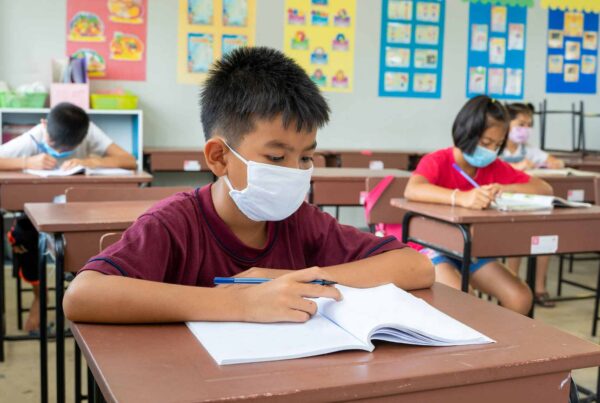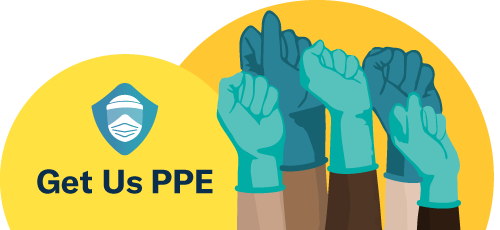Our country has been deep into the coronavirus crisis for close to eight months. During these months, some communities have faced a larger threat from coronavirus than others. With the growing PPE crisis in the public eye, racial and ethnic disparities have been discovered in this area as well.
According to NPR, 48 out of 50 states that have reported their cases show that minority racial and ethnic communities are disproportionately hit by COVID-19. In 42 states, the Latinx population makes up the greatest share of cases. The percentage of total coronavirus cases in this population is often higher than their share of the population. Even more troublingly, Latinx people are more likely to experience serious illness or even die of COVID-19.
Latinx People 4x More Likely to Test Positive
During the pandemic, Latinx people have been overexposed in essential jobs that increase their likelihood of contracting the virus. Low wages and high rates of poverty force many people in these communities to continue working in order to make a living. Employers often are not able to provide necessary PPE to essential workers because of their poorly-resourced environments.
In Austin,Texas, the Latinx population makes up 52% of the hospitalizations due to COVID-19, despite making up only a third of the population. Latinx people who have been tested at Austin Public Health (APH) sites are four times more likely to test positive than the white population. APH’s top doctor expected this disparity because, along with higher numbers of essential workers, many Latinx people live in multi-generational houses that increase their exposure to the virus. Many are uninsured as well, which adds to the problem. Without health insurance, people often lack access to basic preventative care, which increases the likelihood of underlying conditions that exacerbate the effects of the virus. However, in Austin, there was a joint effort between the city and APH to raise awareness about the risks of coronavirus and to provide the Latinx population with helpful resources.
Smaller Facilities Report Bigger PPE Shortages
Get Us PPE has made it a priority to focus on health disparities in the U.S. and to donate PPE to workers that employers may not have access to. Along with providing PPE to Native American and Black populations, who have faced similar disparities in this pandemic, Get Us PPE has concentrated on Latinx communities, helping to fill the gaps for workplaces that cannot afford adequate PPE. Smaller health care facilities have been a particular focus.
In the last month, 90% of our requests came from non-hospital facilities, such as acute and long-term care facilities. The more well-funded hospitals have been able to restock their PPE as the supply chains catch up. However, smaller facilities are still facing a shortage due to lower budgets or an inability to purchase in bulk. Latinx essential workers are more likely to depend on these facilities for medical care for both themselves and their families.
The Solution to Coronavirus Disparities in the Latinx Community: Dismantling Structural Bias
Some general solutions to addressing the problem of disparities within communities depend on changing the structural bias against the Latinx community. One solution is to increase the number of testing centers to help in contact tracing. Many Latinx people are essential workers and rely on public transportations and public facilities. These facilities increase their exposure to the virus. Increasing the number of testing centers helps in effectively providing resources to these communities as well as giving them easy access to testing for COVID-19.
In this pandemic, we have seen many problems resurface, and one of them is the structural faults in the public healthcare system that disenfranchise Latinx communities. While many of these problems are economic, many of them can easily be prevented with government regulation as well as health regulations mandated in the workplace. It is important to ensure that our frontline workers do get access to adequate PPE, so that they don’t put themselves and their families under risk for COVID-19.




